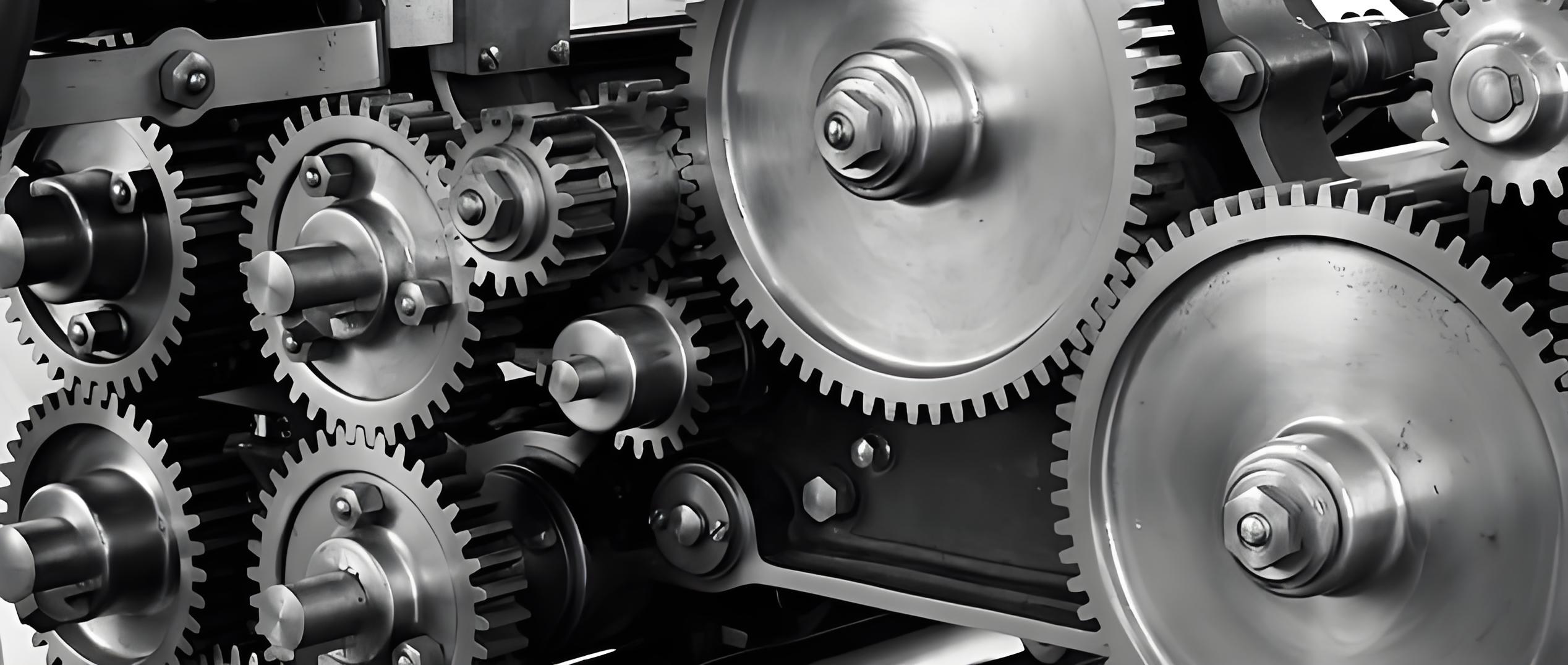
The automotive industry has always been at the forefront of adopting innovative technologies to enhance performance, reliability, and efficiency. One critical component in this domain is the spur gear, which plays a vital role in the transmission systems of vehicles. High-precision spur gear is essential for ensuring smooth operation, minimal noise, and long-term durability. This article explores various innovative manufacturing techniques used to produce high-precision spur gear for automotive applications.
1. Introduction
Spur gear are cylindrical gear with straight teeth parallel to the axis of rotation. They are widely used in automotive transmissions due to their simplicity, efficiency, and ability to transmit high torque. Achieving high precision in spur gear is crucial for optimizing vehicle performance, reducing noise, and extending the lifespan of the gear systems.
2. Advanced Manufacturing Techniques
2.1 Computer Numerical Control (CNC) Machining
CNC machining is a widely used technique in the production of high-precision spur gear. This process involves the use of computer-controlled machines to cut, grind, and shape spur gear teeth with high accuracy. CNC machining ensures tight tolerances and consistent quality, making it ideal for manufacturing complex gear profiles required in automotive applications.
Advantages of CNC Machining:
- High precision and repeatability
- Ability to produce complex geometries
- Reduced human error
2.2 Additive Manufacturing (3D Printing)
Additive manufacturing, or 3D printing, is revolutionizing gear manufacturing by allowing the creation of intricate designs that are difficult or impossible to achieve with traditional methods. This technique involves layer-by-layer addition of material to build spur gear, providing high design flexibility and rapid prototyping capabilities.
Benefits of Additive Manufacturing:
- Design freedom and customization
- Rapid prototyping and production
- Reduced material waste
2.3 Powder Metallurgy
Powder metallurgy is a process that involves compressing metal powders into a mold and then sintering them at high temperatures to form a solid gear. This technique is particularly useful for producing gears with complex shapes and high strength-to-weight ratios.
Key Features of Powder Metallurgy:
- High material utilization
- Ability to produce complex shapes
- Excellent mechanical properties
2.4 High-Efficiency Gear Hobbing
Gear hobbing is a traditional gear manufacturing method that has been enhanced with modern technologies to achieve higher precision and efficiency. High-efficiency gear hobbing uses advanced hobbing machines and cutting tools to produce gears with precise tooth profiles and surface finishes.
Advantages of High-Efficiency Gear Hobbing:
- High production rates
- Precision in tooth profile
- Improved surface finish
3. Comparative Analysis
| Manufacturing Technique | Precision Level | Production Speed | Material Utilization | Design Flexibility | Cost Efficiency |
|---|---|---|---|---|---|
| CNC Machining | High | Medium | Medium | Medium | Moderate |
| Additive Manufacturing | Very High | Low | High | Very High | High |
| Powder Metallurgy | High | High | Very High | High | Moderate |
| High-Efficiency Gear Hobbing | High | Very High | Medium | Low | High |
4. Future Trends
The future of high-precision spur gear manufacturing in automotive applications is likely to be driven by continued advancements in digital technologies and materials science. Key trends to watch include:
- Smart Manufacturing: Integration of IoT and AI for real-time monitoring and optimization of spur gear production processes.
- Advanced Materials: Development of new alloys and composites for improved spur gear performance and durability.
- Sustainability: Focus on eco-friendly manufacturing practices and materials to reduce the environmental impact of spur gear production.
5. Conclusion
Innovative manufacturing techniques are crucial for producing high-precision spur gear that meet the demanding requirements of modern automotive applications. CNC machining, additive manufacturing, powder metallurgy, and high-efficiency gear hobbing each offer unique advantages that can be leveraged to enhance gear performance, reduce costs, and improve overall vehicle efficiency. As technology continues to evolve, these techniques will play an increasingly important role in driving the future of automotive spur gear manufacturing.
Tables and Lists
Advantages of Various Manufacturing Techniques:
- CNC Machining:
- High precision and repeatability
- Ability to produce complex geometries
- Reduced human error
- Additive Manufacturing:
- Design freedom and customization
- Rapid prototyping and production
- Reduced material waste
- Powder Metallurgy:
- High material utilization
- Ability to produce complex shapes
- Excellent mechanical properties
- High-Efficiency Gear Hobbing:
- High production rates
- Precision in tooth profile
- Improved surface finish
Future Trends in Gear Manufacturing:
- Smart Manufacturing
- Advanced Materials
- Sustainability
This comprehensive overview highlights the importance of innovative manufacturing techniques in producing high-precision spur gear for automotive applications, ensuring that vehicles remain efficient, reliable, and high-performing.
